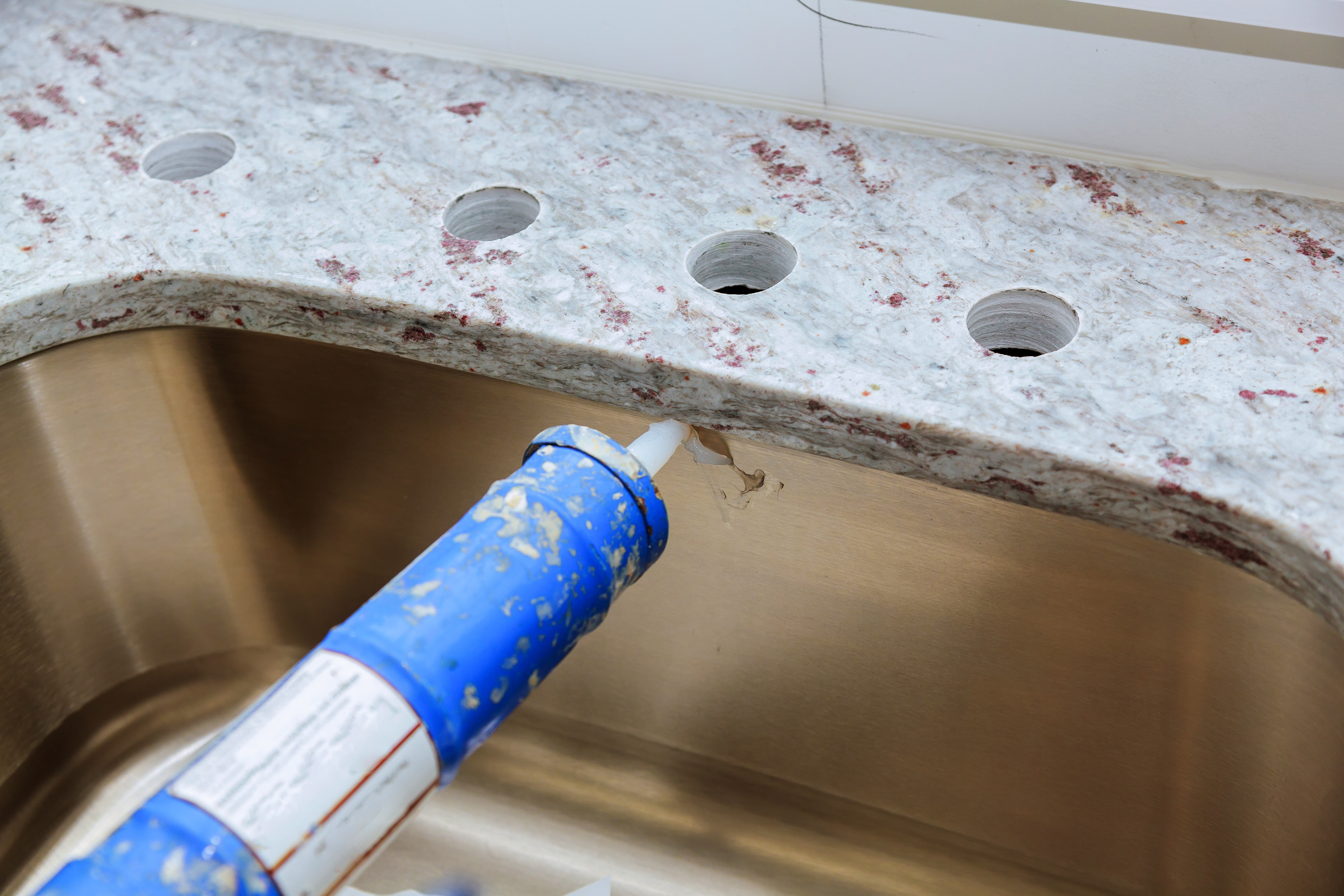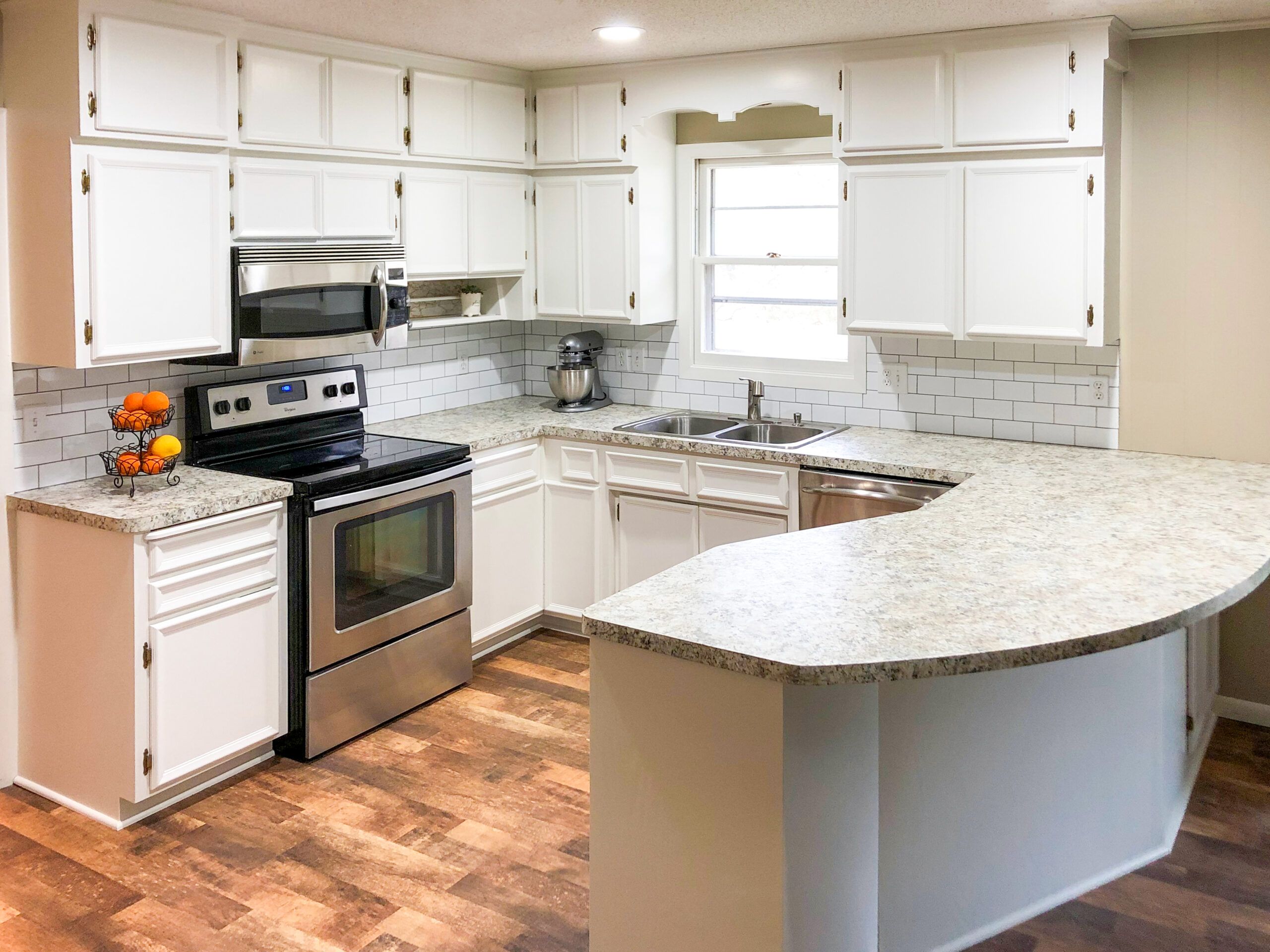Undermount kitchen sink installation: Sounds intimidating, right? Like a scene from a home improvement horror movie? Fear not, intrepid renovator! While it might seem like plumbing wizardry, transforming your kitchen with a sleek, undermounted sink is totally achievable.
This isn’t rocket science (unless your sink is made of actual rocket parts, then maybe it is), but it does require a bit of planning, some elbow grease, and a healthy dose of patience. We’ll navigate the world of sink materials, from the rugged charm of stainless steel to the sophisticated elegance of composite granite, and guide you through each step of the installation process, turning potential pitfalls into triumphant victories.
We’ll cover everything from choosing the perfect sink to mastering the art of precise countertop cutting (don’t worry, we’ll keep your fingers safe!). Get ready to ditch that tired old top-mount sink and embrace the clean, modern look of an undermount masterpiece.
Let’s get this sink party started!
Undermount Kitchen Sink Installation: A Deep Dive (and Maybe a Little Splashy Fun)

So, you’re ready to ditch the old drop-in sink and embrace the sleek, modern world of undermount sinks? Fantastic! This journey might seem daunting, but fear not, dear reader. We’re about to embark on a comprehensive, slightly humorous, and hopefully pain-free guide to installing your new undermount sink.
Prepare for a splash of knowledge!
Understanding Undermount Sinks
Undermount sinks, as the name suggests, are mounted -under* the countertop, creating a seamless, elegant look. This contrasts with drop-in sinks (which sit -on* the countertop) and farmhouse sinks (which often boast a dramatic apron front). Let’s weigh the pros and cons:
Advantages:Easier cleaning (no lip to trap crumbs!), a modern aesthetic, and a more spacious feel.
Disadvantages:More challenging installation (hence this guide!), potentially higher cost, and the need for a more robust countertop material.
Undermount sinks come in a variety of materials, each with its own personality (and price tag!):
| Material | Durability | Cost | Maintenance | Aesthetic Appeal |
|---|---|---|---|---|
| Stainless Steel | High; resists scratches and stains well | Moderate | Easy; wipe clean | Classic, versatile |
| Composite Granite | High; durable and resistant to chips | High | Moderate; avoid harsh chemicals | Modern, luxurious |
| Porcelain | Moderate; susceptible to chipping and staining | Low to Moderate | Moderate; requires careful cleaning | Classic, elegant |
Styles and sizes are just as diverse. Think of it as sink couture!
- Styles:Single bowl, double bowl, apron-front (though less common in true undermounts), farmhouse-style (again, less common as a true undermount), and integrated drainboards.
- Sizes:From compact apartment-sized sinks to sprawling culinary command centers.
Necessary Tools and Materials, Undermount kitchen sink installation
Before you even think about touching that countertop, gather your arsenal. Think of this as your pre-battle checklist, ensuring a smooth and victorious installation.
- Measuring tape
- Pencil
- Jigsaw with fine-tooth blade (or a router with a suitable bit)
- Safety glasses
- Dust mask
- Silicone sealant (specifically designed for kitchen sinks)
- Caulk gun
- Clamps (to hold the sink in place during curing)
- Level
- Putty knife
- Cleaning rags
Materials will vary slightly depending on your sink material. Here’s a general list:
- Undermount sink (obviously!)
- Silicone sealant (appropriate for your sink and countertop materials)
- Optional: Sink clips or adhesive (for extra security, depending on sink and countertop material)
Here’s a pre-installation checklist:
- Verify all tools and materials are present and accounted for.
- Inspect the sink for any damage.
- Carefully read the manufacturer’s instructions for your specific sink model.
- Clear the area around the countertop for ample workspace.
Preparing the Countertop
This is where precision is paramount. A wonky cut will lead to a wonky sink, and nobody wants a wonky sink. Accurate measurement is your best friend.
Methods for creating the countertop cutout include using a jigsaw or a router. Both have their pros and cons:
| Method | Pros & Cons |
|---|---|
| Jigsaw | Pros: Relatively inexpensive, readily available. Cons: Can be less precise than a router, requires careful handling to avoid chipping. |
| Router | Pros: Offers greater precision, cleaner cut. Cons: Requires more skill and experience, more expensive than a jigsaw. |
Remember: Measure twice, cut once (and wear safety glasses!). Even a tiny error can lead to big problems.
Sink Installation Process
With the cutout complete, it’s time for the main event! This is where the magic happens (and hopefully, no tears).
Investigate the pros of accepting DIY wall mural ideas in your business strategies.
- Apply a generous bead of silicone sealant to the back of the sink, following the manufacturer’s instructions.
- Carefully lower the sink into the cutout, ensuring it’s level and properly aligned.
- Use clamps to hold the sink firmly in place while the sealant cures.
- Allow the sealant to cure completely according to the manufacturer’s instructions (usually 24 hours).
- Once cured, remove the clamps and check for any leaks.
Securing the sink properly is key to preventing leaks. Don’t skimp on the sealant!
Potential challenges include uneven countertops, a poorly fitting sink, or insufficient sealant. Solutions range from shimming the sink to using additional sealant or even replacing the sink if necessary.
Sealing and Finishing
Proper sealing prevents water from seeping into the countertop, leading to damage and potential mold growth. This is your last line of defense against kitchen chaos!
Several sealants work well, but always check for compatibility with your sink and countertop materials. Apply it evenly, and allow it to cure fully.
Cleanup involves wiping away excess sealant, properly disposing of waste materials, and admiring your handiwork.
Troubleshooting Common Issues
Even the most experienced DIYers encounter snags. Here’s a handy guide to common problems and their solutions:
| Problem | Cause | Solution |
|---|---|---|
| Leaks | Insufficient sealant, improperly aligned sink | Reapply sealant, realign sink, and clamp securely. |
| Improper alignment | Inaccurate measurements, rushed installation | Remove sink, correct alignment, and reinstall. |
| Cracked countertop | Incorrect cutting technique, excessive force | Unfortunately, this often requires countertop repair or replacement. |
Visual Guide: Illustrative Descriptions
Imagine using a jigsaw: The fine-tooth blade delicately slices through the countertop material, creating a precise opening. Safety glasses shield your eyes from flying debris, and a dust mask prevents inhalation of fine particles. The blade moves smoothly, guided by your steady hand, leaving a clean, even cut.
Next, visualize the application of silicone sealant: A thick, even bead is applied to the back of the sink. The sealant is smooth and consistent, creating a watertight seal. It cures slowly, forming a strong bond between the sink and the countertop.
Finally, picture the finished sink: Perfectly flush with the countertop, the sink is a testament to your skills. The sealant is barely visible, a subtle yet crucial element of the installation. The overall aesthetic is clean, modern, and utterly satisfying.
Conclusion
So there you have it – your kitchen sink transformation is complete! You’ve conquered the countertop, tamed the sealant, and emerged victorious over the dreaded undermount installation. Admire your handiwork, bask in the glory of a perfectly fitted sink, and prepare for the compliments to roll in.
Remember, even if a few minor hiccups occurred along the way (a little sealant mishap here, a slightly off-kilter measurement there), you’ve learned valuable skills and added a touch of personal pride to your kitchen. Now, go forth and enjoy the fruits of your labor – maybe with a celebratory glass of something bubbly, safely away from your newly installed sink, of course!
Question & Answer Hub: Undermount Kitchen Sink Installation
What type of sealant is best for undermount sinks?
A high-quality silicone sealant specifically designed for kitchen and bathroom use is recommended. Look for one that’s mold and mildew resistant.
Can I install an undermount sink myself, or should I hire a professional?
While DIY is possible, if you’re uncomfortable with cutting countertops or working with plumbing, a professional is a safer bet. It’s your call, based on your skill level and comfort zone.
What if I crack my countertop during the cutout process?
Uh oh! That’s a costly mistake. Practice on scrap material first. If it happens, contact a countertop repair specialist immediately.
How long does the sealant take to cure completely?
Check the sealant’s instructions for cure time. It usually takes 24-48 hours for a full cure, but avoid using the sink for at least that long.
My sink is slightly off-center. Can I fix it?
Unfortunately, once the sealant is cured, repositioning is extremely difficult. Prevention is key: double-check measurements before applying sealant.




